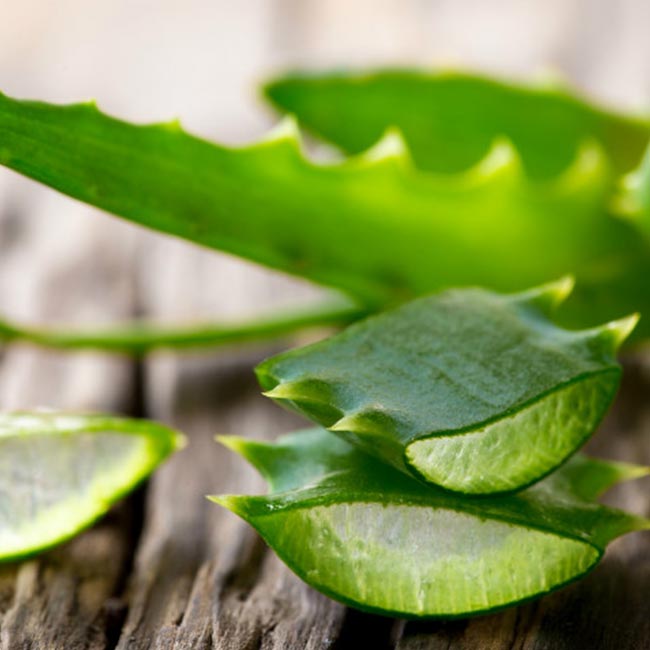1. Calabar bean (Africa)
Calabar bean is a perennial climbing plant that is indigenous to tropical West Africa, mainly Nigeria and Cameroon. Its scientific name is Physostigma venenosum. The most dangerous components of the plant are found in the bean, also known as ordeal bean, including physostigmine, eseroline, and calabarine.
Calabar bean has been used for its therapeutic benefits while being extremely poisonous. Treatment of glaucoma, a disorder characterised by elevated intraocular pressure in the eye, is one of its primary applications in conventional medicine. Physostigmine, the main ingredient in calabar beans, inhibits cholinesterase. Acetylcholine, a neurotransmitter involved in several physiological processes such as muscular contraction and the control of intraocular pressure, is broken down by the enzyme cholinesterase. By cholinesterase inhibition, physostigmine prolongs cholinergic activity, lowers intraocular pressure, and relieves glaucoma symptoms.
However, it's crucial to remember that due to its extreme toxicity, the use of Calabar bean as a medicine is quite constrained. Without competent medical care, ingesting or consuming Calabar bean can have serious negative effects, including respiratory paralysis and death. As a result, Calabar bean use and its derivatives, including physostigmine, are rigorously monitored and frequently administered by medical personnel in carefully supervised settings.
2. Coca plant (South America)

Appearance: A tiny, evergreen shrub, the coca plant can reach heights of 2 to 3 metres (6 to 10 ft). It has elliptical, glossy green leaves that range in length from 2 to 10 centimetres (5 to 4 inches).
Traditional Uses: Coca leaves have long been used by Andean indigenous societies for a variety of purposes. The indigenous residents regularly chew the leaves or make tea with them to reduce weariness, stifle appetite, prevent altitude sickness, and boost energy and concentration.
Medicinal Potential: Coca leaves have been researched for their potential therapeutic benefits in addition to their contentious use as cocaine. According to several studies, certain leaf-found chemicals may have analgesic, anti-inflammatory, and appetite-suppressing properties. To fully comprehend their therapeutic potential, however, additional research is required.
3. Tulsi
Botanical Information: The Lamiaceae (mint) family includes the perennial herb tulsi (Ocimum tenuiflorum or Ocimum sanctum). It is commonly farmed in tropical and subtropical areas and is indigenous to the Indian subcontinent. Tulsi comes in a number of distinct types, each with a few nuances, such as Rama Tulsi, Krishna Tulsi, and Vana Tulsi.
Appearance: Tulsi plants have fragrant, depending on the kind, green or purple leaves. The leaves have an oval form, a serrated edge, and are frequently a little hairy. The plant can reach a height of 60–90 centimetres (24–36 inches), and its little, white blossoms are grouped tightly together.
Medicinal Uses: Ayurvedic medicine places a high priority on tulsi because of all of its health advantages. Anti-inflammatory, antioxidant, antibacterial, and adaptogenic qualities are thought to exist in it. To improve overall wellbeing, strengthen the immune system, aid digestion, treat respiratory conditions, and lower stress, tulsi leaves are frequently ingested in a variety of forms, including tea, extracts, or as fresh leaves.
4. Aloe Vera
Botanical Description: A perennial plant with rosettes of substantial, lance-shaped leaves is referred to as aloe vera or aloe barbadensis. The inner section of the succulent leaves is filled with a gel-like material. The plant can reach a height of 60 to 100 centimetres (24 to 39 inches), and it produces tall flower spikes with tubular flowers in yellow or orange.
Medicinal Uses: The use of aloe vera in conventional medicine is quite old. Numerous bioactive substances, like as vitamins, minerals, enzymes, amino acids, and polysaccharides, can be found in the gel inside the leaves. It is well-known for its calming, hydrating, and therapeutic qualities. Sunburns, minor burns, wounds, skin irritations, and dry skin can all be treated topically with aloe vera gel. Numerous healthcare and cosmetic products also contain it.
Digestive Health: As a nutritional supplement, aloe vera juice made from the inner gel of the leaves is used to improve digestive health. It is thought to have laxative qualities and helps ease constipation. However, it's crucial to consume aloe vera juice responsibly and in the prescribed amounts as too much may have negative side effects.




Comments
Post a Comment